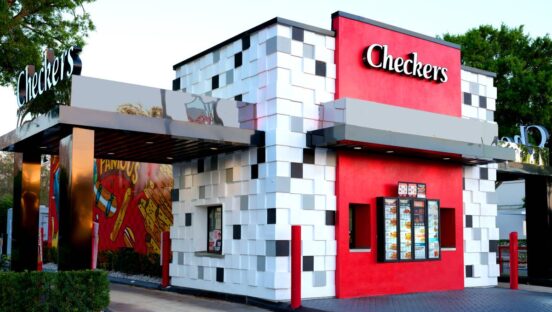National news headlines have recently been peppered with stories of quick-serve customers behaving badly and employees keeping their cool. From last year’s video of a Chick-fil-A drive-thru employee smartly handling an irate customer to this year’s story of a Dairy Queen crewmember who stood up to a woman after she took money from a blind man, quick-serve employees have been thrust into the national spotlight by offering shining examples of good customer service.
While quick serves can never predict when a store confrontation will blow up into national news, industry experts say employee training and recognition is critical to protecting the brand reputation should a situation like that arise.
Aaron Allen of global restaurant consulting firm Aaron Allen & Associates says these high-profile instances are increasingly common because the Internet age has transformed the way customers interact with companies.
“The game has changed quite a bit,” he says, citing innovations like social media and smartphones. “It used to be that a happy customer might tell two or three friends about a positive experience. Now, one tweet could reach 10,000 people.” That’s why there is such a need for social media reputation monitoring, he adds.
A Dunkin’ Donuts in Florida made national headlines when a female customer accosted a cashier this past June. According to The Smoking Gun, “For some unexplained reason, Taylor Chapman walked into a Dunkin’ Donuts Saturday morning—iPhone in hand—to record a complaint about not being provided a receipt for a prior purchase. ‘This is all being under video surveillance,’ she warned one employee (who was unfailingly polite).” Chapman demanded free food from the employee, who can be heard saying in the recording, “Whatever you want, I’ll get it for you.” Still, the irate customer continued to harass workers and other patrons.
While Chapman filmed the whole interaction to post online, it’s likely she didn’t get the footage she had hoped for: The cashier was calm, cool, and collected, honoring the “customer is always right” adage. And the video did go viral, but in a not-so-flattering manner for Chapman.
While restaurants have dealt with unhappy customers since day one, what’s changed in the last decade is who handles the complaints, Allen says. Before the advent of social media, the corporate communication department would likely step in and handle any complaint. Now, however, front-line crewmembers are increasingly relied on to handle a situation before it makes its way online.
For this reason, Allen says, quick serves need a crisis communication plan in place, one that is followed by all staff. “[Social media] raises the stakes in terms of reputation,” he says. “All it takes is a kid with a cheap mobile phone to bring a company to its knees in a few hours.”
Crew-level training can help teach employees what they should do and condition them to be ready to face a customer issue—even if the customer doesn’t have a camera at the ready. Responding properly to a customer complaint is part of the job, Allen says.
Allen doesn’t recommend recognizing employees externally for “doing the right thing” in these situations. External recognition, he says, can make the brand “too big of a target” by the media and take a company off message. Instead, he says, brands should “stay off the radar” and recognize the employee’s work internally and offline.
Brandon O’Dell of O’Dell Restaurant Consulting employs a different approach. O’Dell specializes in researching large chains to apply best practices to smaller restaurants, and he says both internal and external employee recognition can strengthen brands.
“It’s good to acknowledge an employee who excels at anything,” he says. “Recognition can go further than pay or benefits do.”
For internal recognition, O’Dell says, low-cost incentives like gift certificates tailored to the worker’s interests are a good way to acknowledge an employee for exemplary behavior. The more personal the gift, he says, the better.
He also says external employee recognition following an incident is a smart move. Not getting in front of the incident, whether positive or negative, can lead people to “make their own conclusions,” he says. “If you’re not telling your story, someone else is telling it for you.”
O’Dell adds that there is a good way and a bad way to approach external messaging. Above all, management should stress the employee’s personal achievement instead of taking credit for the brand. “If it’s just a matter of policy, it’s OK to acknowledge that they were doing the right thing,” he says.
Dunkin’ Donuts followed this approach in recognizing the associate at the Florida store who handled the incident involving the infuriated customer, O’Dell says. The brand got in front of the situation and talked about how things were handled, wisely getting ahead of any negativity before anyone else capitalized on it, he says.
“It’s a matter of smart business,” O’Dell says.









